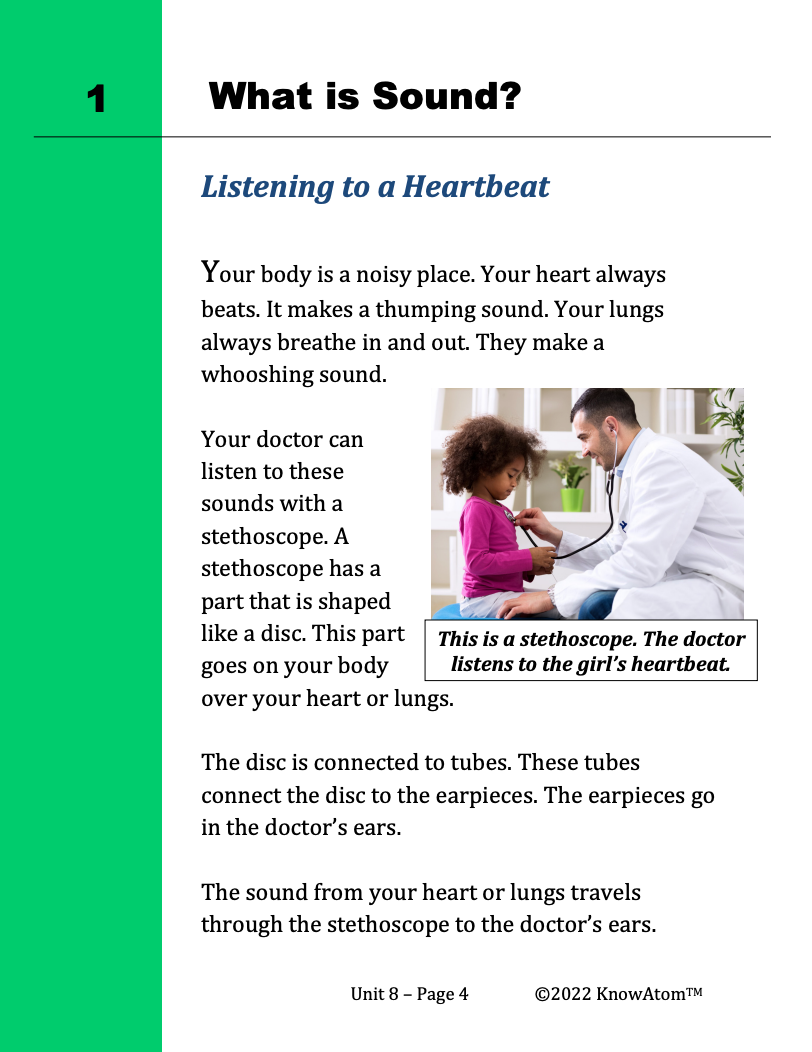
In this unit, students analyze the science phenomenon of how sound is a form of energy that travels through vibrating molecules. They test whether sound travels through both liquid and solid mediums and observe how sound makes sand particles vibrate. In this lesson, students apply their scientific knowledge of sound to an engineering challenge.
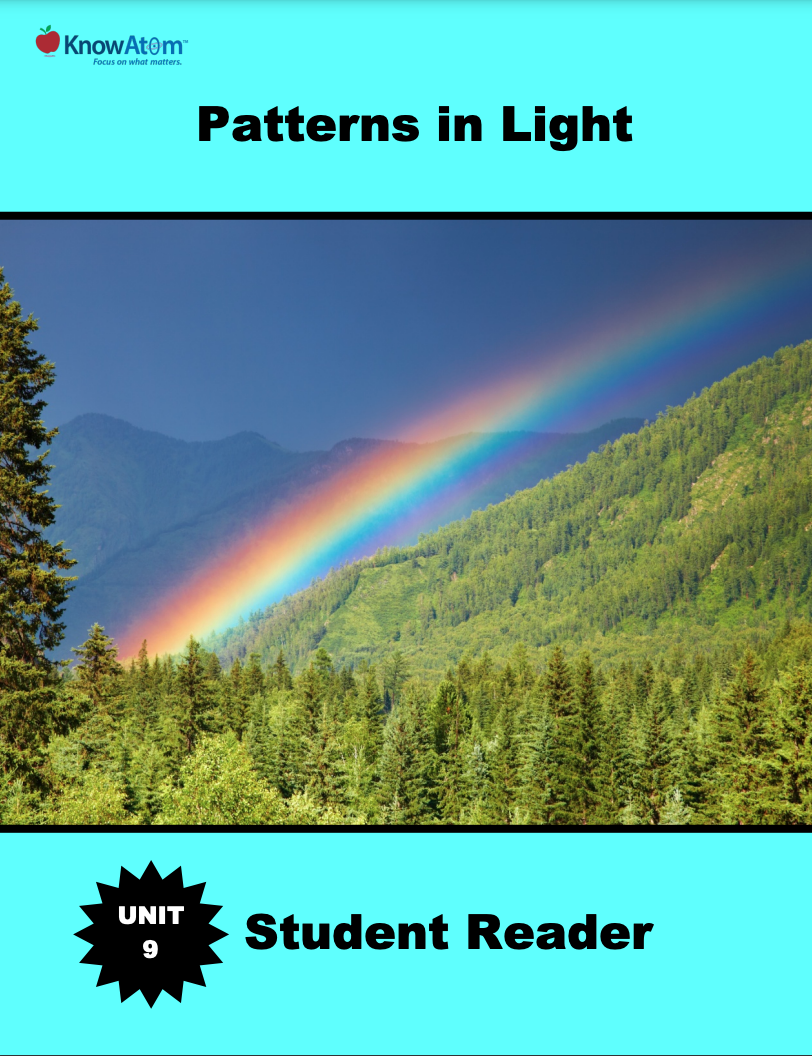
In this unit, students focus on the science phenomenon of light energy, investigating how it travels in a straight line and interacts with matter. Students apply their knowledge to design a prototype with mirrors and water that creates rainbows. This page showcases each component of the lesson.
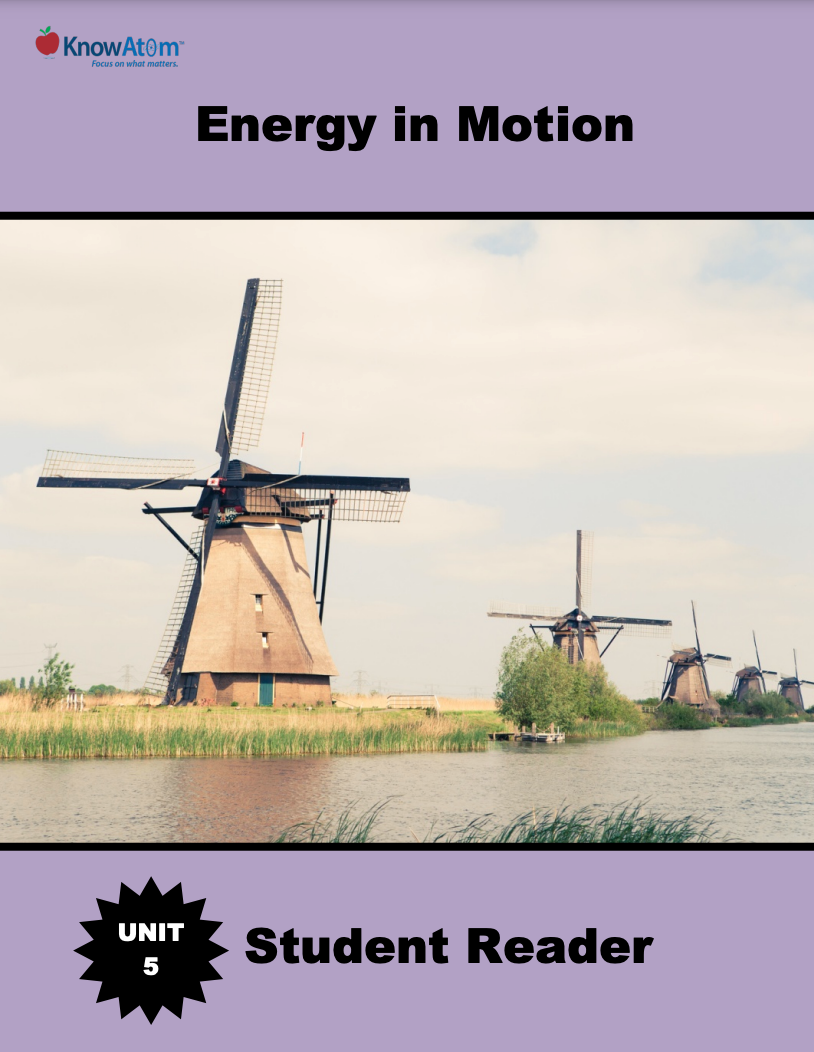
In this unit, students bring together what they have learned about the interactions of energy and matter to explore the science phenomena of relationships between energy, force, and motion. In this lesson, they investigate how windmills transfer the kinetic energy in wind so that it can be used to do work, and then use that knowledge to analyze balanced and unbalanced forces.
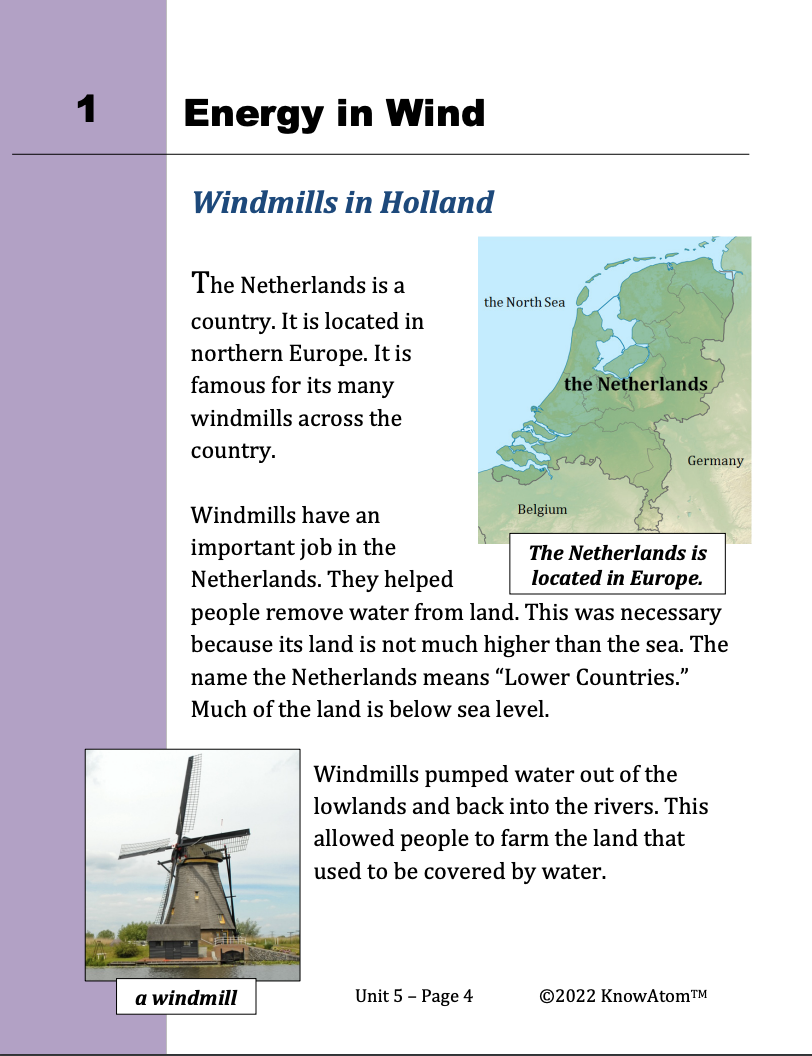
In this unit, students first use windmills to analyze how wind energy provides a force that causes windmills to turn. Then, in this lesson, they explore the science phenomenon of how patterns in motion can be used to predict future movements. This page provides a snapshot of key components of the lesson.
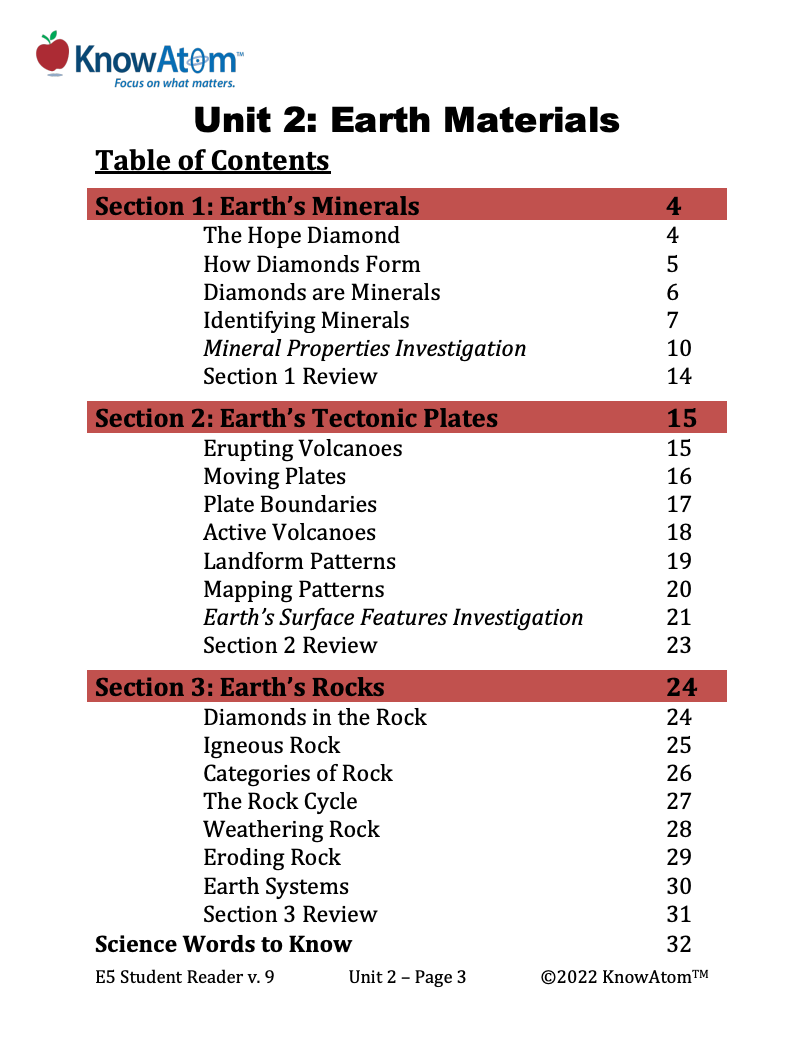
In this unit, students analyze the science phenomena of how elements make up minerals, which make up rocks. In this lesson, they explore geologic phenomena that cause Earth’s surface to change over time in predictable patterns. This page is an overview of this lesson.
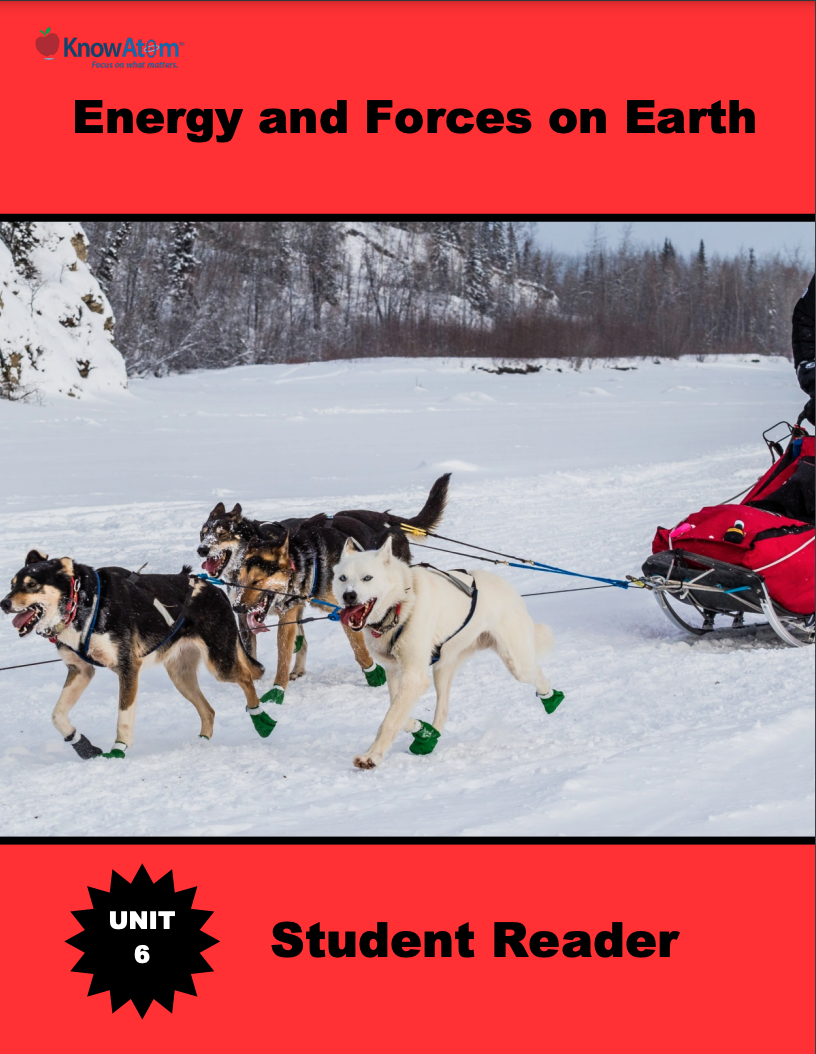
In this unit, students expand their understanding of the need for energy among living things to include non living energy systems. They build sleds to figure out how the phenomena of friction transfers energy out of systems. This page highlights components of this lesson.
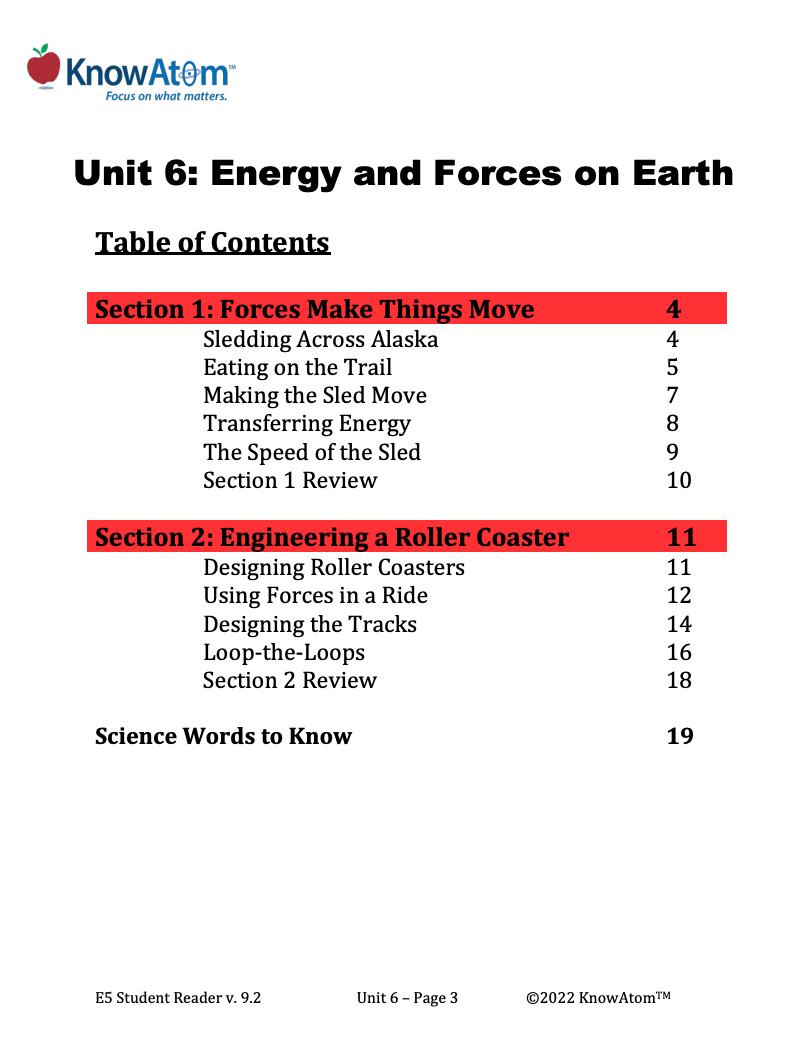
In this unit, students use sleds and roller coasters to explore the relationship between energy, forces, and motion. In this lesson, students apply what they know about energy and forces to engineer a roller coaster. This page is a high-level extract of this lesson.
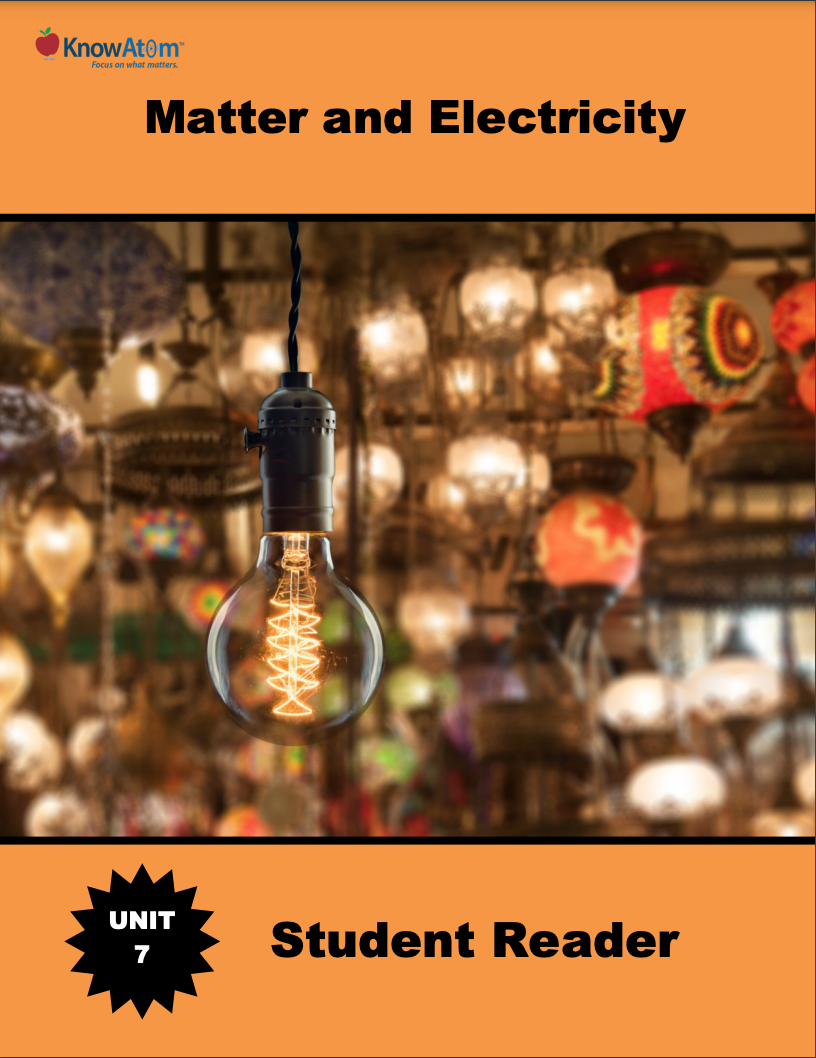
In this unit, students continue to explore forces and energy, focusing on the science phenomenon of how electrical energy can be transferred from one place to another to do work. In this lesson, students build series and parallel circuits, measuring the amount of current that moves through each circuit with one and two light bulbs. This page highlights some components of that lesson.
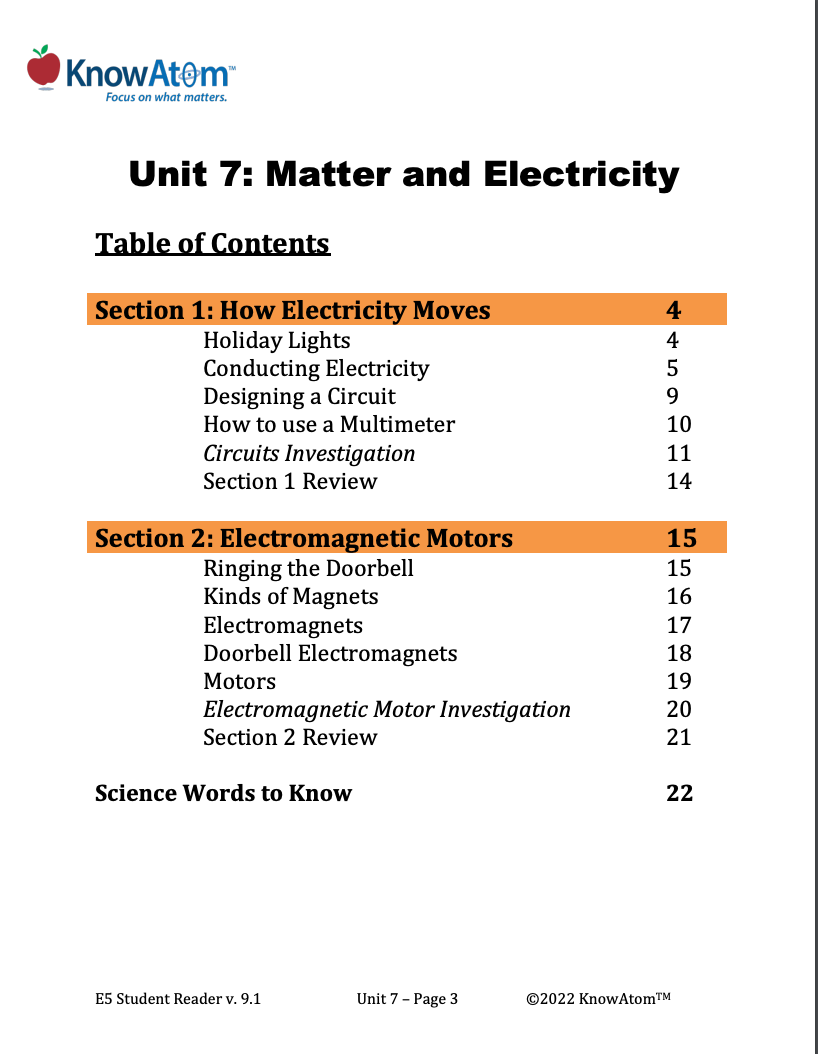
In this unit, students explore the science phenomenon of electric currents and electrical energy. In this lesson, students figure out energy transfers, electricity, and circuits in the context of an electromagnetic motor system. This page showcases each key section of this lesson.
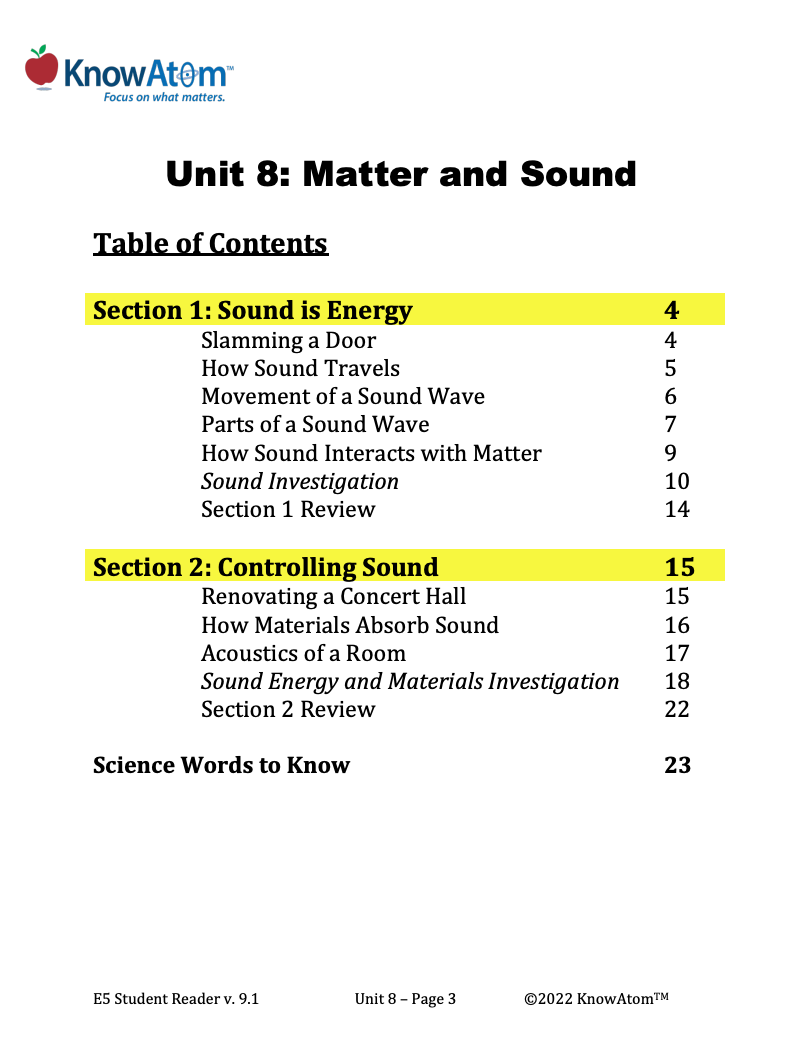
In this unit, students build on their exploration of how energy and matter interact with a focus on science phenomena related to sound. In this lesson, students investigate how some materials absorb sound while others reflect it. This page is a high-level extract of this lesson.
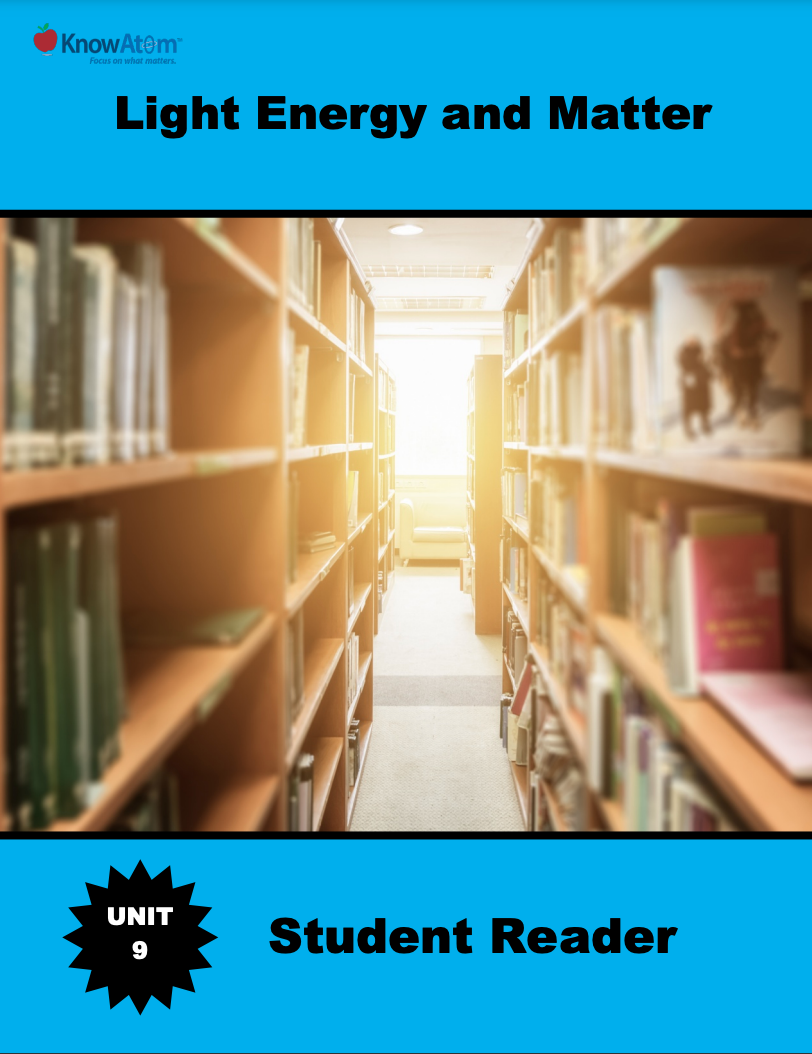
In this unit, students focus on light energy, investigating the science phenomena of how light moves when it interacts with different kinds of matter. Students use scientific knowledge about light to engineer a device that uses mirrors to redirect light. This page is a high-level extract of this lesson.
Standards citation: NGSS Lead States. 2013. Next Generation Science Standards: For States, By States. Washington, DC: The National Academies Press. Neither WestEd nor the lead states and partners that developed the Next Generation Science Standards were involved in the production of this product, and do not endorse it.
